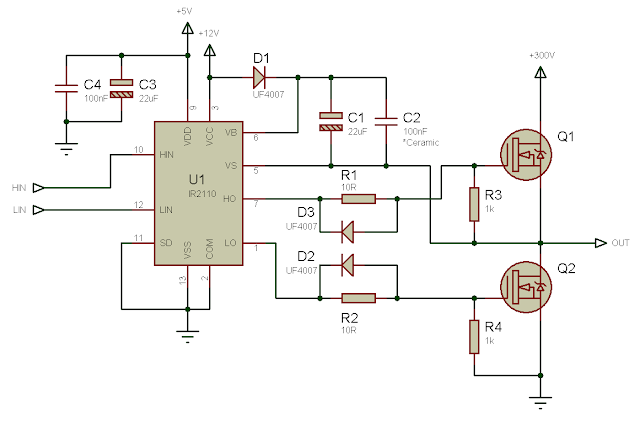Fig. 1 - A typical high-voltage half-bridge section, using the IR2110 driver (Click image to enlarge) Fig. 2 - A typical high-voltage full-bridge section, using two IR2110 drivers (Click image to enlarge) Whenever I get a message or an email or a comment regarding unsuccessful bridge circuits, it’s usually along the lines of no output being observed, the MOSFETs getting hot, or everything just getting damaged or blowing up. When I was in the preliminary stages of bridge design, I also had repeated failures. I had circuits blowing up. I had circuits just not working, no matter what. I’ve written on my blog about one such experience of mine. You can read it here: http://electel.blogspot.com/2016/10/magic-of-knowledge.html In this article, I’ll talk about the first things you should do if your attempts at designing a bridge circuit have gone up in smoke or if you’re designing a bridge circuit and want to ensure everything has been done properly. Another thing I should mention...
